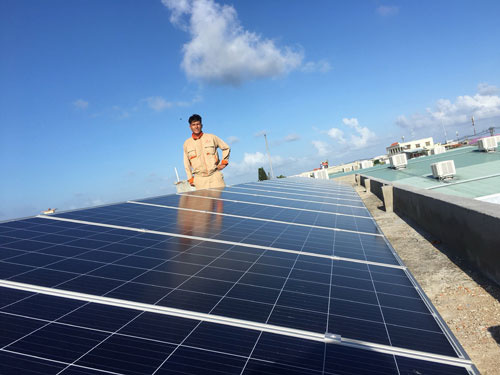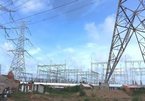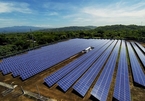Le Anh Tung, chair of Ecotech Vietnam, who has visited many cities/provinces to implement renewable power projects, said in many localities, investors lease agricultural land or fallow land to develop solar power projects with capacity of less than 1 MW, but they enjoy the treatment offered only to rooftop solar power projects.

The Electricity of Vietnam (EVN) also complained that at many solar power projects, solar panels are installed on frames put on the ground, with no roof. They have capacity of less than 1 MW and are connected to the electricity network with the voltage of 35 KV, the voltage level used for connection with rooftop solar power.
In other cases, investors only install small solar panels on roofs, while the other panels are installed on the ground.
| The Prime Minister’s Decision No 13 on the mechanism to encourage the development of rooftop solar power clearly defines rooftop solar power as a power system with photovoltaic panels installed on the roofs of construction works which have capacity of no more than 1 MW. |
The Prime Minister’s Decision No 13 on the mechanism to encourage the development of rooftop solar power clearly defines rooftop solar power as a power system with photovoltaic panels installed on the roofs of construction works which have capacity of no more than 1 MW.
There is ‘ambiguity’ here in that all the solar power projects with the capacity of less than 1 MW are listed as rooftop solar power.
In fact, since there are numerous projects with capacity of less than 1 MW, EVN asked the Ministry of Industry and Trade (MOIT) to consider these projects as rooftop solar power projects, believing that the presence of the projects would help ease the electricity shortage.
Under current regulations, solar power projects only can connect to the national grid and enjoy preferential purchase prices if they were approved by agencies prior to November 23, 2019, or they were projects mentioned in power development plans at different levels and were put into commercial operation between July 1, 2019 and December 31, 2020.
Meanwhile, the prices of remaining projects are defined based on competition.
Investors therefore have been trying to dodge the laws to enjoy preferences.
Experts warned that the connection of so many projects with the national grid may pose challenges to the grid. The 35KV network is used to distribute electricity to households, and if the connection with the network increases without any controls, there will be unstable power supply to the final consumers.
Tran Viet Ngai, chair of the Vietnam Energy Association, has urged to stop this activity, suggesting that management agencies control investment in projects of this kind by checking residence registration books and installation areas.
Tung also said that necessary measures are needed to prevent this activity from investors, saying that the projects cause injustices in the market.
Le Ha

Solar power plants accelerate connection to grid to enjoy incentive
Many solar power plants have managed to get hooked to the power grid early to enjoy the high electricity prices, thus overloading the grid.
 Existing legal loopholes have been exploited by many investors taking advantage of incentives given to rooftop solar power projects.
Existing legal loopholes have been exploited by many investors taking advantage of incentives given to rooftop solar power projects.